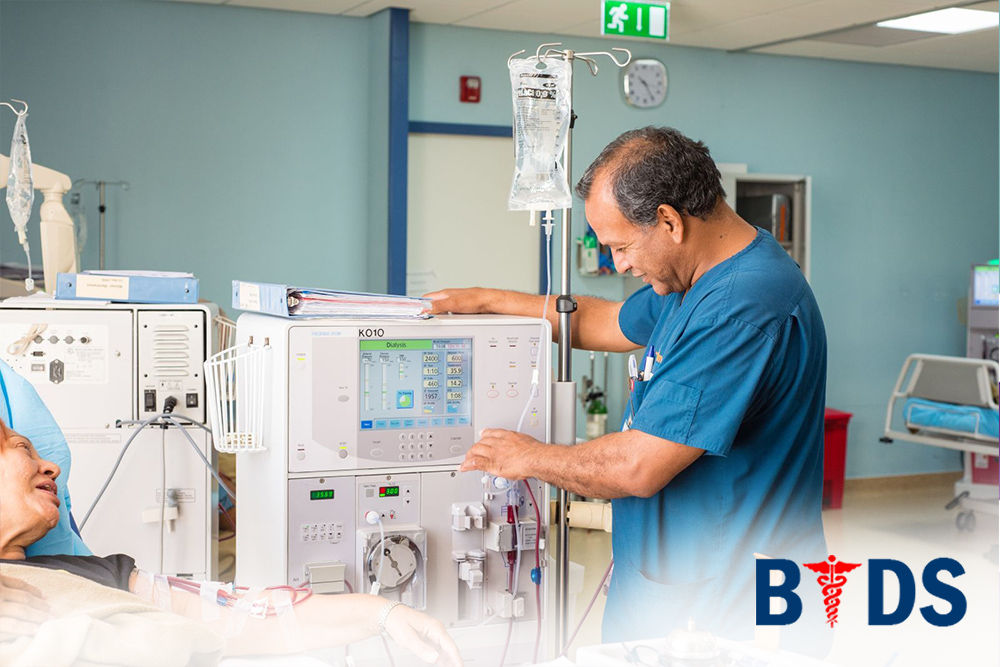The two bean-shaped kidneys perform the work of throwing out waste products from our body. But what happens when the kidneys are not able to work? We take the help of dialysis.
Dialysis is the process of removing excess water and toxins from the blood when the kidneys are unable to perform their work. It is a temporary measure because when kidney transplantation is done there is no more requirement of dialysis.
Dialysis works by diffusing solutes and ultra-filtering fluid through a semi-permeable membrane. Smaller solutes and fluid pass through that membrane but the larger ones are blocked. This imitates the original filtering process done by the kidneys.
There are two types of Dialysis: Hemo Dialysis and Peritoneal Dialysis. In Hemodialysis, wastes are removed by circulating blood outside the body through a dialyzer containing a semi-permeable membrane. On the contrary, in Peritoneal Dialysis, toxins are removed from the blood using peritoneum, a type of natural semi-permeable membrane, from inside the body.
Bengal Institute of Dialysis Studies offers two-years of Diploma Courses in Dialysis Technology. To know more in details about the courses visit: Diploma In Dialysis Technology


